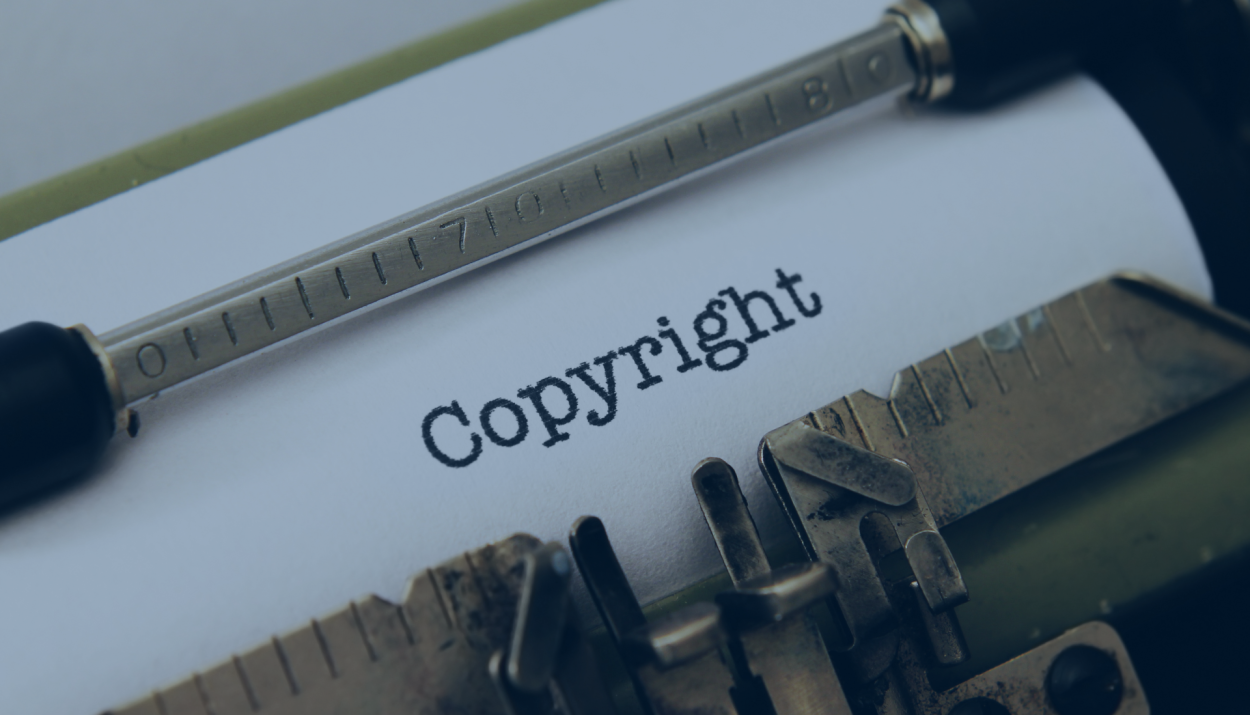Finnegan, Henderson, Farabow, Garrett & Dunner, LLP | Varuni Paranavitane | Barrett A. Cole
European Union | United Kingdom | USA
The Debate: Proposed AI and Copyright Reforms
The United Kingdom Intellectual Property Office (UK IPO) conducted a consultation on proposed changes to copyright law designed to forge a legislative landscape that encourages both the development of AI models and protects authors of copyright protected works. Running from 17 December 2024 to 25 February 2025, the consultation invited stakeholders to consider several options. Amongst these, one of the most favourable options appears to be the expansion of the text and data mining exception to include commercial use for AI training—provided that rights holders retain the option to reserve their rights.
The Fine Print: Copyright Challenges in the AI Era
UK copyright law safeguards a wide range of creative works—including literary, artistic, dramatic, and musical works, as well as sound recordings and films—by granting authors a monopoly over key acts like copying, ensuring the remuneration that fuels creative industries. However, the development of AI models, which relies on training with vast datasets often comprising copyrighted material, exposes significant limitations in the current framework. Presently, the text and data mining exception is restricted to non-commercial research, excluding many commercial applications envisioned by AI developers. In the UK, copyright is an unregistered right which provides authors a monopoly in relation to certain acts such as ‘copying’ and allows authors to control the use of their work in exchange for remuneration.
AI technology is usually developed by “training” models to find patterns and connections in large amounts of data. AI models are often “trained” using large datasets, often including copyright-protected works. The current UK law contains an exception to copyright infringement for ‘text and data mining’, but it is restricted to ‘non-commercial research’, which clearly excludes the use envisaged by AI developers. Exacerbated by the widening rift between authors and AI developers, the UK government is acutely aware of the need for legislative reform. In 2022, the UK IPO proposed an exemption for copyright infringement[1] for text and data mining to extend to commercial activities to support the expansion of the UK’s AI sector. This proposal fell flat and was criticised by the House of Lords Communications and Digital Committee as being harmful to creative industries.
Rewriting the Rules: Expanding the Text and Data Mining Exception
In an attempt to stimulate the UK economy and support both creative industries and the AI sector the latest consultation sought views from stakeholders in relation to:
- Retaining the status quo: Maintain existing copyright law;
- Strengthening copyright protections: Require AI models to be trained on copyright-protected works only with explicit licences;
- Adopting a broad data mining exception: Permit AI model developers to use copyrighted works without prior permission from rights holders; and
- Implementing a rights reservation exception: Allow a data mining exception while enabling rights holders to reserve their rights—anchored by mandatory transparency measures.
Option 4 appears to strike the best balance. Under this model, rights holders have the decisive power to allow or foreclose the use of their works in AI training, with non-compliance potentially giving grounds for copyright enforcement. Building on the need to establish a stable legal framework for both the UK creative sector and the AI industry, option 4 is designed to work for both authors and AI model developers.
The consultation highlights that option 4 would only work if there are robust measures in place to ensure AI developers are transparent about the works their models are trained on. The UK IPO proposes that rights holders would have the ability to reserve their rights, which means that authors will be able to decide if their works are allowed to be used by an AI model developer in the training process. If an AI model developer fails to respect the author’s decision, under this option, the rights holder is entitled to enforce their copyright against the AI developer.
If option 4 of the UK proposal is approved, it would more closely align the UK with the European Union’s (EU) Article 4 of the Digital Single Market Copyright Directive (the “DSM”).[2] The EU currently has an exception for text and data mining for commercial research that is inclusive of databases as well as copyright protected works. However, it is important to note that in practice, the EU exception is not without its limitations. The current EU system has left many unanswered questions as it is unclear what constitutes a valid reservation of rights to opt out of the exception. The European Union Intellectual Property Office (EUIPO) published a study last month on GenAI and Copyright,[3] which acknowledges that no “‘one-size-fits all’ solution for copyright holders to protect their rights has emerged yet‘”. This is further reinforced by the survey on the impact of the DSM Directive on EU Artists and Musicians[4] carried out by the International Artist Organisation, an umbrella association for UK, France, Spain, Norway, Belgium, Denmark, Sweden, Finland, Croatia, and Belgium which represents the rights of artists. The survey found that only 5.1% of signed artists consider their streaming revenue to be satisfactory, 77% of EU signed artists did not receive the level of detailed information they were legally entitled to receive, and 5.9% of EU artists attempted to recover their rights but 69.4% failed out of the 9,542 EU artists who participated. Against this context, the UK government aims to avoid the pitfalls the EU has encountered in implementing the DSM.
Toeing the Line: Technical Hurdles and Industry Voices
The UK IPO suggests that works made available online by authors be reserved using effective and accessible machine-readable formats. This is in acknowledgement of the technical challenges posed to set up a system whereby rights holders can reserve their rights.
The Creative Rights in AI Coalition which includes organisations such as the Society of Authors and the Publishers Association, has been one of the strongest critics of the current proposal. They argue that ‘AI developers should only be able to use copyright protected works with the express permission of the rights holder’—essentially lobbying for option 2.[5] Music artists have been some of the most vocal about the proposed changes. In February 2025, over 1,000 artists created a silent album in protest, describing the proposal as the ‘legalization of music theft.’ On the other hand, the government states that the current proposal is holding creatives back from their full potential. The UK government proposes that the reservation of rights will increase authors’ ability to license their works and be paid. However, some coalitions believe that the government should focus on enforcing existing copyright laws to protect creative work, while others welcome the proposal to increase transparency. Regardless, the approach in option 4 could indeed pave the way for a more uniform use of copyright-protected works in AI development.
Beyond the Main Line: Additional Reforms on the Horizon
The UK IPO also sought stakeholder opinion in relation to:
- Maintaining, clarifying, or removing provisions related to Computer-Generated Works: The UK is one of a few countries which contains legislative provisions for computer-generated works under section 9(3) of the Copyright, Designs and Patents Act 1988 whereby certain works generated by a computer in circumstances where there is no human author are recognised as works, and the author of such a work is the person ’by whom the arrangements necessary for the creation of the work are undertaken’.
- AI-Generated Outputs: The current system may be adequate, but ongoing assessments are necessary to test for infringement and determine whether AI providers should implement additional safeguards against copyright infringement. Legal frameworks must evolve to address emerging challenges with AI-generated content.
- AI Output Labelling: Clear and consistent labelling of AI-generated material helps distinguish synthetic content from human-created works, ensuring transparency and accountability across domains.
- Digital Replicas (Deepfakes): The proliferation of deepfake technology raises concerns regarding misinformation, identity fraud, and unauthorized digital likenesses. Stricter regulations and ethical guidelines may be required to mitigate potential harm.
- Collective Licensing: A structured approach to licensing AI-generated works could enable fair compensation for creators whose original content informs AI-generated outputs, fostering a more equitable digital ecosystem.
The Next Step: Balancing Innovation with Authors ’Rights
Pending the outcome of the consultation, the most significant legislative reform may centre on the expansion of the ‘text and data mining’ exception to copyright infringement. Whilst the consultation responses are being considered by the UK IPO, a formal decision date has not been announced.
Meanwhile, following several rounds of legislative amendments between the House of Lords and the House of Commons regarding the use of copyright works to train AI systems, the Data (Use and Access) Bill (the ‘Bill’) is set to receive Royal Assent on 19 June 2025. The Bill is set to become law without the inclusion of the intensely debated provisions in relation to AI and copyrighted work use. Instead, the UK government has agreed to carry out a separate economic impact assessment and to publish a report on the use of copyrighted works in the development of AI systems in six months’ time. Currently it is unclear if this economic impact assessment will influence the UK IPO’s consultation. However, the lack of agreement on key provisions highlights the ongoing struggle between AI proponents, those advocating for authors’ rights, and the priorities of the UK government. The UK’s goal of balancing innovation and copyright protections would be more effectively met with an accessible technical mechanism that grants authors full control over the use of their works, ensuring transparency, ease of use, and fair compensation.
To view all formatting for this article (eg, tables, footnotes), please access the original here.
This article first appeared on Lexology | Source







